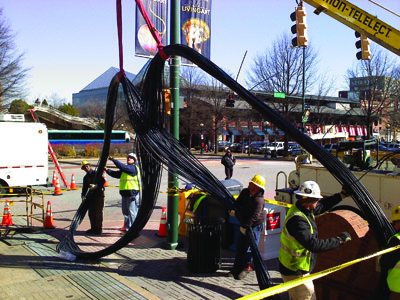Feasibility Study? How to Start a Community Network - Community Broadband Bits Podcast 246

After discussing this issue time and time again, with community after community, we finally recorded our thoughts on how communities should get started when considering a community network. Eric Lampland, the guy behind Lookout Point Communications, is our guest on Community Broadband Bits podcast episode 246.
We talk about common mistakes and the importance of developing a comprehensive vision when evaluating an investment or partnership to improve Internet access.
We also talk a little about the importance of some technical knowledge and having at least one person championing the effort. This is not something a consultant can do for you - someone in the community has to take ownership and responsibility.
These are very important considerations for any community considering what it should be doing in the modern era.
Eric has also been a guest on Episode 128 "Open Access and Incumbent Challenges" and Episode 84 "Justifying a Network with Indirect Cost Savings."
This show is 33 minutes long and can be played on this page or via Apple Podcasts or the tool of your choice using this feed.
Transcript below.
We want your feedback and suggestions for the show-please e-mail us or leave a comment below.
Listen to other episodes here or view all episodes in our index. See other podcasts from the Institute for Local Self-Reliance here.
Thanks to Break the Bans for the music. The song is Escape and is licensed under a Creative Commons Attribution (3.0) license.



 Others have already followed these lessons but are not able to offer their gig for such a low prices. To understand why, let's start with some basics. I'm hypothetically starting Anytown Fiber Net in my neighborhood and I want to offer a gig.
Others have already followed these lessons but are not able to offer their gig for such a low prices. To understand why, let's start with some basics. I'm hypothetically starting Anytown Fiber Net in my neighborhood and I want to offer a gig.